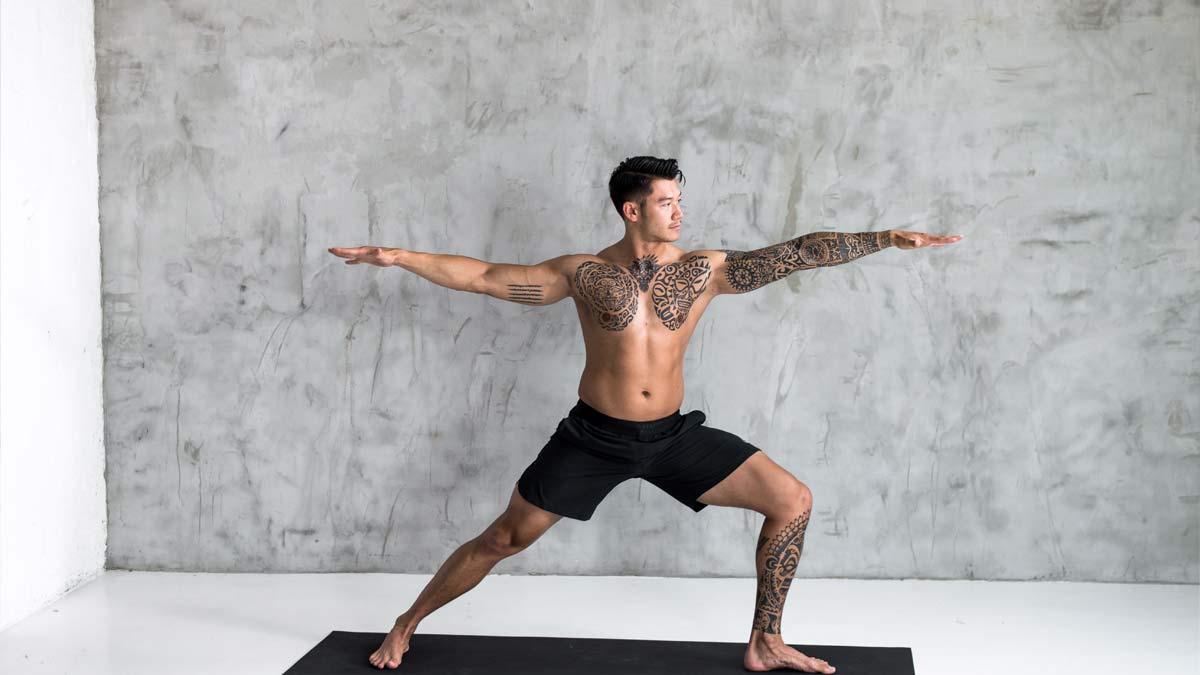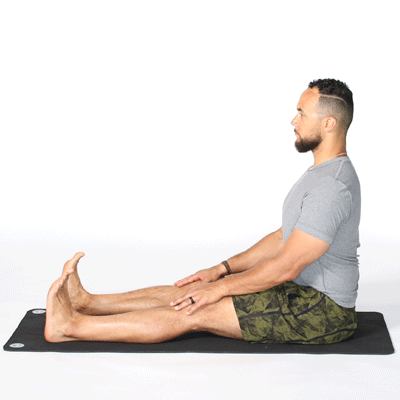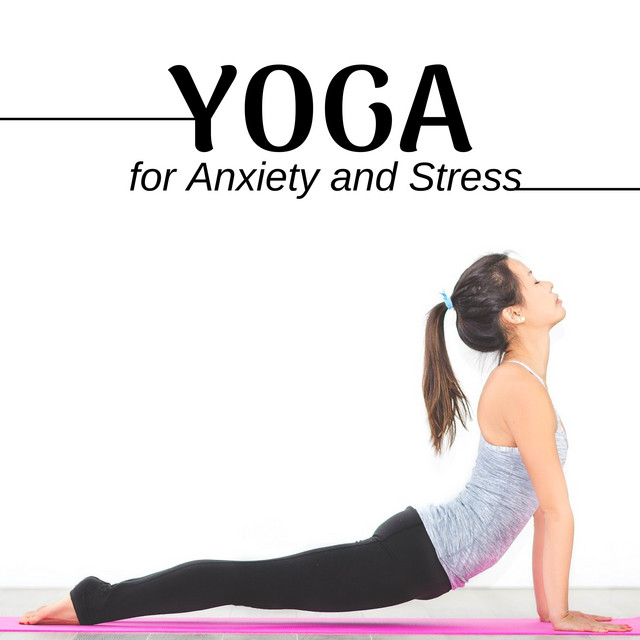
Yoga can help with neck pain. Yoga can help with neck pain. You can use triangle, cat/cow and other positions to ease it. These postures are great for strengthening the neck and relieving neck pain. Yoga for neck pain has many benefits. They can be used to treat a variety of conditions and types of pain. Here are some of the best yoga poses to relieve neck pain. There's always more!
Cat/Cow pose
The Cat/Cow Pose (also known as the Cow Pose) is an alternative to the Cow Pose. This exercise will stretch the entire spine. Keep your torso straight while you hold the pose. The cat position is great for pregnant women, and the knees. Keep the pose for five to ten seconds. Then, move to the cow pose to maintain neck posture and relieve neck tension. The benefits of the Cat/Cow poses are listed below.
The cat cow pose is a great warm-up exercise for a back or neck pain. The cat pose, also known as Marjaryasana-bitilasana, stretches the torso, neck, and lower back. It can also be helpful in relieving neck pain. It can be difficult to do the cat and cow pose, but it can be done in a chair yoga position.
Triangle pose
Trikonasana is a great yoga posture to relieve neck and shoulder pain. It is a great way to work on many different parts of your body, including the neck and shoulders. You can use it for many different conditions, as it benefits multiple parts of your body. You will find that this pose is beneficial for your neck, shoulder, and back problems. It also improves flexibility. It is an excellent option for anyone suffering from neck or shoulder pain.

Extended Triangle Pose is another helpful yoga pose that can reduce back and neck pain. It keeps the posterior chain open. While this stretch can be difficult, it can offer the most benefits. Start by attempting Mountain Pose, with your feet shoulder width apart. Next, lift your right elbow up to the ceiling. Then extend your left leg outwards. Hold this pose for five breaths. This yoga position will relieve your back and neck pain.
Plank
The Plank is a good exercise for anyone suffering from neck discomfort. This posture activates all the core muscle simultaneously and requires no extra movement. This posture is extremely easy to master and almost anyone can do it. There are many modifications that can be made to the Plank. You can read more about them here. Although the world record is four hours for holding a plank, most experts recommend holding it only for about 10 to 30 seconds. This is about the same time you would need to hold a plank for a full plank. It is best to do several sets with shorter durations.
Try a modified plank version if you are having trouble holding the plank. It will be easier on your back. Some people find the plank difficult to do, so they start by holding their hands at shoulder-width distance. If you have difficulty holding a plank on the floor for more than five seconds, you can try leaning against a brick or bench to assist. Alternatively, if you're experiencing trouble keeping your hands still, lower your knees to the floor and do a modified plank.
Side plank
Side planks are a basic, effective yoga exercise that improves the health of the neck. It involves strengthening the side muscles of the trunk and oblique muscle. In order to do side plank yoga, these muscles must be strong enough to resist gravity. They must be able to use their glutes as well as the obliques, lat, and obliques muscles in the upper body to achieve success. For beginners, they should start with one set of 10 reps per side and gradually increase their time until they can complete the full side plank with good form.
Side planks may be performed with either a straight support or forearm position. The top leg should be lifted and the knee bent to reduce strain on the upper body. To assist in this exercise, the top leg can be planted on the floor. If you have a shoulder or ankle injury, you should avoid performing side planks. To make your experience more comfortable and safe, you can adjust them however.
Pose Chin-toss to the chest

The chin to chest pose is a popular stretch for stiff necks. It's the yoga equivalent of a neckroll. Sit up straight and relax your shoulders, and then roll your head so your ear rests on your shoulder. You can do this as many times as you need to release tension and pain from the neck and shoulders. This pose is possible at work or at home. You need to hold it for several seconds.
The chin-to chest pose is one of the most effective yoga poses to relieve neck pain. This stretch is good for releasing tension and stretching the back side of your neck. This pose is easy: simply place your fingers behind you neck while keeping your back straight. Next, gently exhale. Hold the pose for as long as necessary and be sure to breathe deeply. The ujjayi breathing sounds like a wave crashing towards shore.
Make a circle with your neck
Rolling your head in a circle is an excellent exercise for people suffering from neck pain. You can do this by placing your head forward and tilting it to the right. Next, tilt your head forward and gently tilt it to the right. Finally, roll your head backward and down and then return to where you started. To do this stretch correctly, you need to be slow and large and not bend at the neck. This yoga exercise can also be done by turning your head in a semicircle. This stretching exercise is effective for reducing neck pain in several ways, including relieving tension and stiffness.
A chair with a high-back and soft cushions is necessary for the neck roll. Next, lower your shoulders and press your chin against the chest. Roll your neck up until your ear touches the shoulder. You can continue this process until your neck reaches the desired position. For several minutes, keep practicing this stretch every day. Once you are comfortable with this pose, it is possible to practice it daily at home.
FAQ
If I feel depressed, is there anything wrong?
Depression is a common problem among teens. But, many teens struggle with depression.
This doesn't mean that you're crazy or weak. Most people who are depressed aren't aware of it. Depression is a medical condition.
There are many types of depression. Some people feel only sadness, while some others experience other emotions. There are also different levels of severity.
Some people experience mild depression, while others have severe cases. It is important to remember that not all depression is bad. Sometimes, it helps us deal with stressful situations.
If you feel constantly tired or sad, consult a doctor. Your doctor will diagnose you and recommend treatment.
Why is mental health so important for students?
Mental health is vital for students because they need to be able to focus on school and do well academically. If you don’t feel happy, you won’t do well in school. Students with depression tend to skip class, which can lead students to have poor grades. This could result in students dropping out high school and possibly even college.
Talk to your family and teachers if depression is a problem. These people will be able help you receive the care that you require.
It is important to remember that not all people with depression need medication. Talk therapy is effective for many people. If you are interested in getting help, you should see a counselor.
How do you know if you have a mental illness?
Persons may be diagnosed with mental illness if they have symptoms that are disruptive to their daily life. Different symptoms can indicate mental illness. The most common symptoms are: sadness, anxiety, guilt, hopelessness, loneliness, depressed and confused, worthless or guilty, suicidal thoughts, and feeling sad.
If a person meets at least three of the four criteria below, they may be diagnosed with a mental disorder.
-
Disturbed thoughts or feelings
-
Disturbed behavior
-
Disruption in functioning
-
Ability to communicate with others impaired
What are the five best ways to improve mental and emotional well-being?
-
Exercise – This is a great way to improve brain function and increase energy levels.
-
Sleep - A good way to reduce anxiety and stress is to get enough sleep.
-
Nutrition – Eat healthy foods, such as fruits or vegetables, to keep your body strong.
-
Meditation - Meditation reduces anxiety and stress.
-
Socialization: Spending time together with family and friends, keeps us happy.
What causes depression in teenagers?
Adolescence marks a period in which we begin to develop our identities. As individuals, we start to understand who we are and where we fit in the society.
These times are also a good time to make new friendships or romantic connections. These experiences can cause stress.
Normal stress is normal. However, if you feel stressed beyond your usual levels, you should seek professional help.
Although you may think you can handle it all on your own sometimes you need someone to talk to.
During times of stress, friends and family members can offer support. They can also help you learn ways to deal with stress.
For example, you could take up exercise or meditation. Both of these activities can help to reduce stress.
You could also join a church or sports team. You'll meet new people and make new friends.
What does mental health have to do with our daily lives?
Everyone is affected by mental illness at one time or another. The difference between individuals with mental illness or others is the fact they don’t seek treatment. Talk to someone when you feel that something isn't right. There are many options for dealing with anxiety, depression, stress, such as medication, therapy, exercise, diet and meditation.
What can you do to improve your mental health?
Everybody needs to be healthy, especially if they are under stress at work, school or home. Regular exercise, healthy eating, quality sleep, and spending time with loved ones are the best ways to improve your mental well-being. Exercise can increase endorphins, which make us happier. A healthy diet is important for our bodies to function properly. Sleeping well gives us energy throughout the day. And finally, spending quality time with loved ones improves our relationships and reduces stress.
Statistics
- According to the National Alliance of Mental Illness (NAMI), one in five Americans experiences mental health issues which translates to more than 40 million adults a year. (doctorondemand.com)
- Similarly, while there is some agreement about the boundaries of typical mental disorders 2, there is likely less agreement about those for positive mental health. (ncbi.nlm.nih.gov)
- More than 40 million adults in the United States have an anxiety disorder, but less than 37% of people seek mental health treatment for their symptoms. (talkspace.com)
- It means no drinking any alcoholic beverages and no taking any drugs that aren't 100% natural.
- More than 50% will be diagnosed with a mental illness or disorder at some point in their lifetime.3 (cdc.gov)
External Links
How To
How to Care for Children with Autism
Autism spectrum disorder (ASD), a neurodevelopmental condition, is characterised by repetitive behavior and impairments in social communication. ASD affects 1 in 50 people worldwide. However, there are no treatments.
The 18-month-old age of infancy is when the symptoms first appear. Most common symptoms include difficulty understanding emotions of others, lack eye contact, problems in language development, and difficulties learning new skills. These symptoms may lead to anxiety, aggression and depression as well as sleep problems.
Researchers believe that genetics are a factor in this disorder. However, there is no current cause. ASD could be triggered by environmental factors such as infections, stress, medication, vaccines, alcohol and tobacco use. Some viruses such as rubella, measles and others may also increase the risk of developing ASD later.
Early diagnosis and intervention are key to improving outcomes. Many families struggle with their child’s behavior after they turn 18. There are many treatment options available depending on how severe the symptoms are and what type of support is required. Research shows that therapy focused on improving social interaction and decreasing problem behavior can make a significant difference.